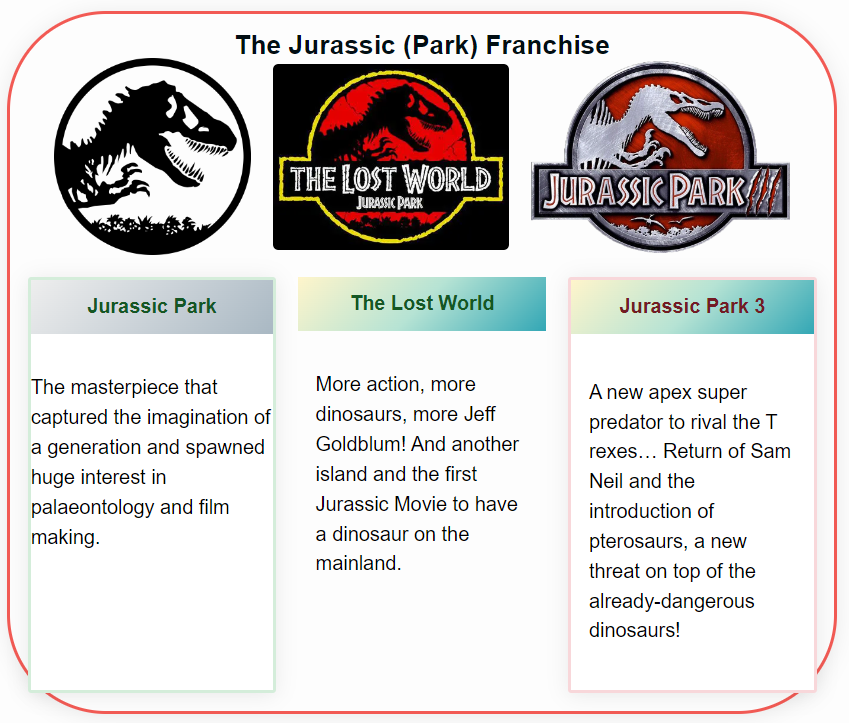Corythosaurus, known for its striking crest that resembles a Corinthian helmet, was first discovered in 1912 by paleontologist Barnum Brown in Red Deer River, Alberta, Canada. This area has since been a treasure trove for dinosaur fossils. The most complete Corythosaurus specimens can be admired at the American Museum of Natural History in New York, among other locations.
Classification and Paleoenvironment
Corythosaurus: The Crested Dinosaur
| Classification | Details |
|---|---|
| Kingdom | Animalia |
| Phylum | Chordata |
| Class | Reptilia |
| Order | Ornithischia |
| Family | Hadrosauridae |
| Genus | Corythosaurus |
| Time Period | Late Cretaceous |
Corythosaurus shared its habitat with contemporaries like the carnivorous Gorgosaurus and the armored Euoplocephalus. These species all lived approximately 75 million years ago during the Late Cretaceous in what is now North America.
Corythosaurus: A Unique Dinosaur
Corythosaurus stood out due to its elaborate cranial crest, which may have been used for communication or species recognition. This dinosaur has intrigued scientists like Jack Horner, who have studied its well-preserved cranial cavities to understand its sensory capabilities. The “Helmet Lizard” was a herbivore and is believed to have lived in herds, based on the fossil record.
In Pop Culture
The Hollywood Dino
Corythosaurus has had its share of the limelight, featuring in films like “The Land Before Time” series and “Jurassic Park III.” Its distinctive crest makes it easily recognizable, endearing it to audiences worldwide.
Corythosaurus continues to fascinate us, representing a connection to our planet’s ancient past. Its unique features and the role it played in its ecosystem provide invaluable insights into the Mesozoic Era.
For more information on this amazing dinosaur, visit DinosaursEverywhere.com.

